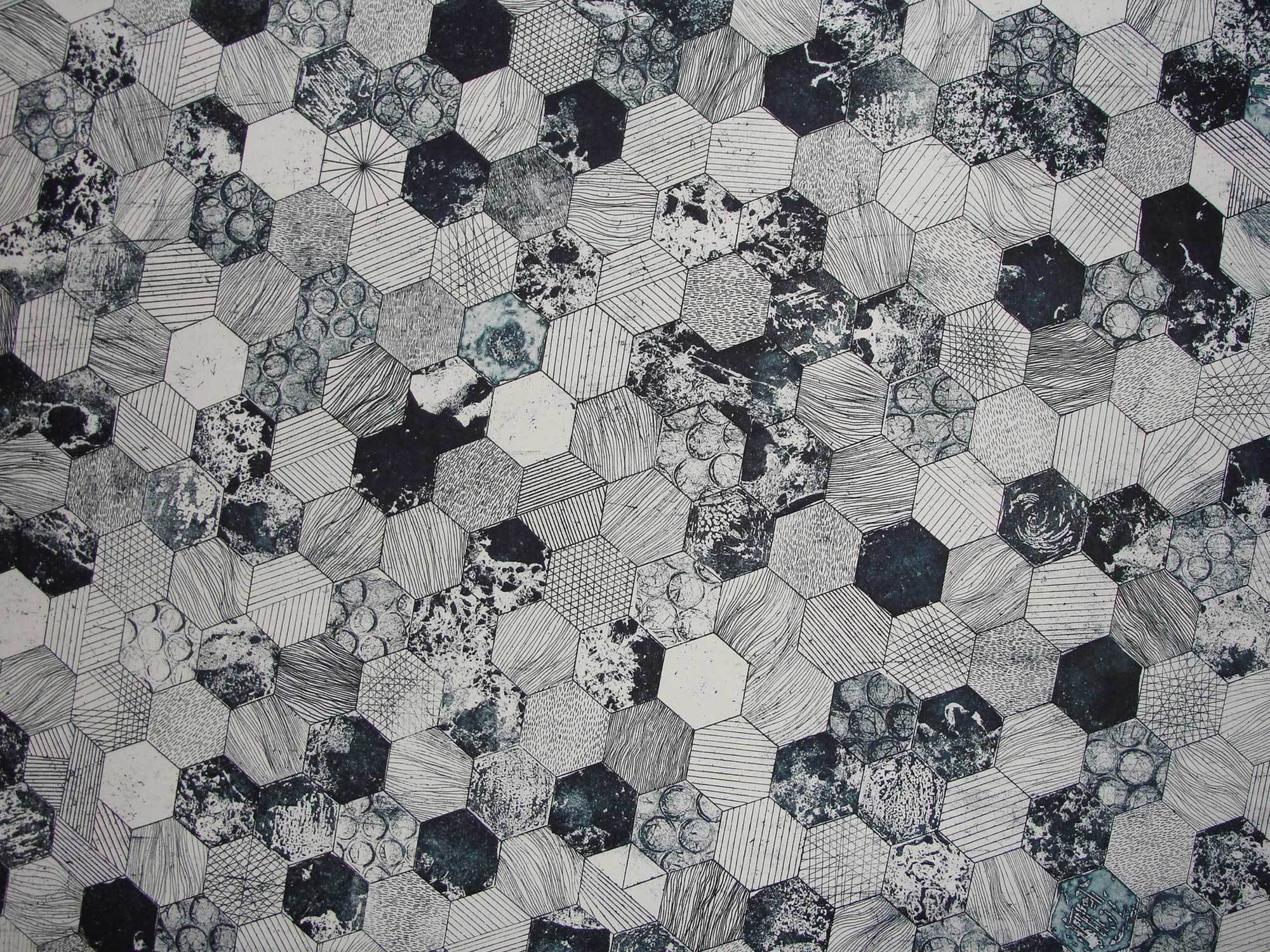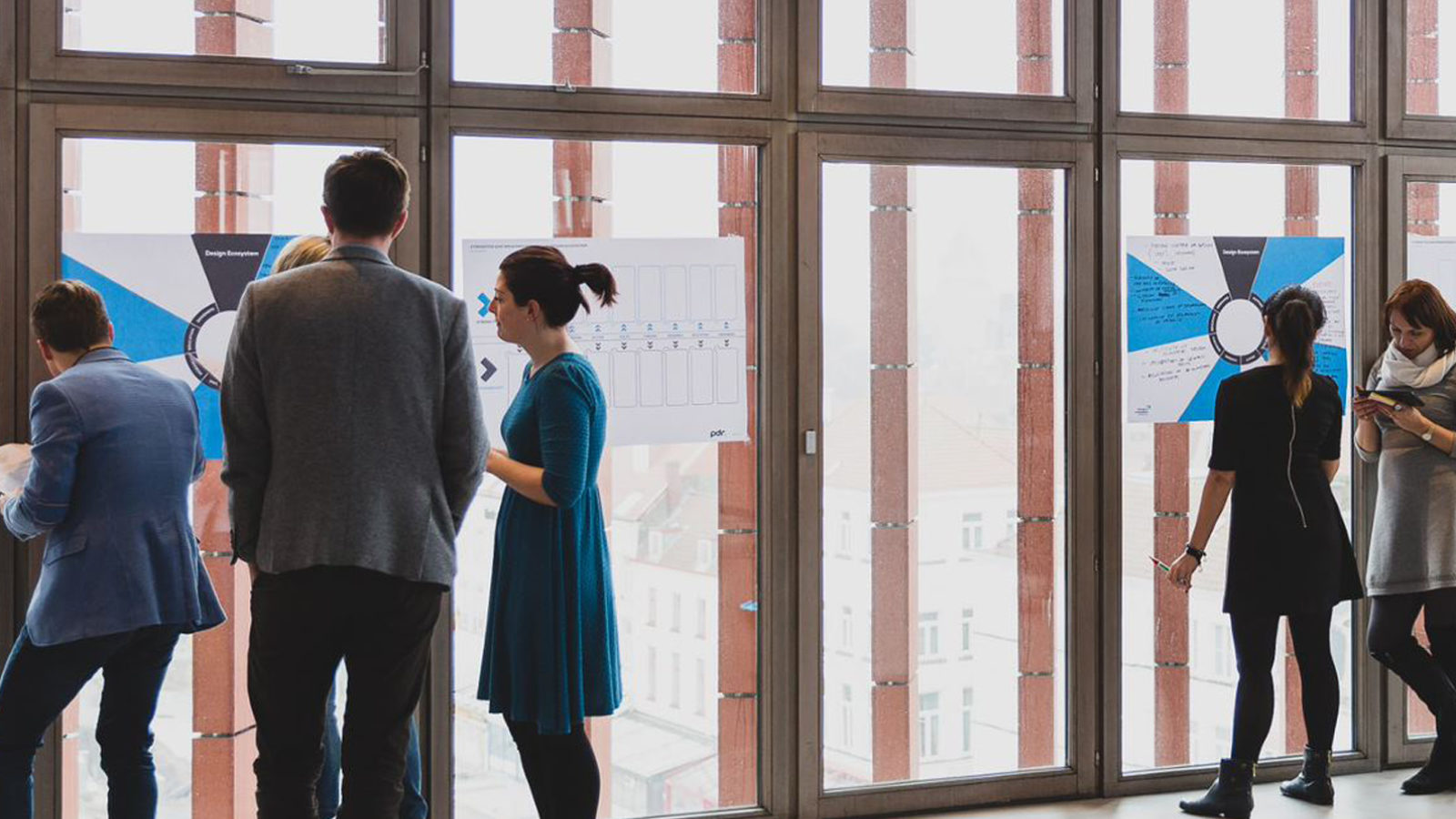Dr Katie Beverley Publications
PDR Research
- Focus:
- Eco Design
Identifying research and development priorities for an in-hospital 3D design engineering facility in India
Eggbeer, D., Mehrotra, D., Beverley, K., Hollisey-McLean, S. and Evans, P. (2020) 'Identifying research and development priorities for an in-hospital 3D design engineering facility in India', Journal of Design, Business & Society, 6(2), pp.189-213. https://doi.org/10.1386/dbs_00011_1
Advanced three-dimensional (3D) design and engineering technologies have revolutionized patient-specific implants, prostheses and medical devices, particularly in the cranio-maxillofacial and oral medical fields. Lately, decreasing costs, coupled with the reported benefits of bringing design and production technology closer to the point of healthcare delivery, have encouraged hospitals to implement their own 3D design and engineering services. Most academic literature reports on the factors that influence the sustainable development of such services in high-income countries. But what of low- and middle-income countries where demand for custom craniofacial devices is high? What are the unique challenges to implement in-hospital services in resource-constrained environments? This article reports the findings of a collaborative project, Co-MeDDI (Collaborative Medical Device Design Initiative), that brought together a UK-based team with the experience of setting up and running a hospital-based 3D service in the United Kingdom with the Maxillofacial Department of a public hospital in the Uttar Pradesh region of India, which had recently received funding to establish a similar capability. We describe a structured design research approach consisting of a series of exchange activities taking place during the lifetime of the project that compared different aspects of the healthcare innovation ecosystem for 3D services in India and the United Kingdom. Based on the findings of the different activities, we identify key factors that influence the adoption of such services in India. The findings are of relevance to healthcare policy-makers and public hospital managers in resource-constrained environments, and to academics and practitioners engaging in collaborative export of healthcare initiatives.
Find more information here: https://doi.org/10.1386/dbs_00011_1
Uncovering self-management needs to better design for people living with lymphoedema
Kopanoglu,Teksin, Beverley, Katie, Eggbeer, Dominic & Walters, Andrew (2019) 'Uncovering self-management needs to better design for people living with lymphoedema', Design for Health, 3 (2), pp. 220-239, DOI: 10.1080/24735132.2019.1686326
This paper reports on the application of design-based tools used to uncover the needs of people living with a chronic condition. It was built on increasing rhetoric calling for greater involvement of patients in the creation of appropriate support mechanisms and presents a means to achieve this using design approaches and tools. The paper presents the development and use of scenario-based design probes to facilitate the participation of People Living with Lymphoedema (PLWL) early in the design process. Lymphoedema is a chronic condition requiring a cumbersome everyday management routine. Self-management is necessary to increase quality of life and decrease complications and hospitalisation. However, consistent practice of self-management among PLWL is low and the need to improve support is recognised. This research explored how PLWL’s transitions towards becoming experts of their condition might be supported. Literature describing the lymphoedema experience was systematically investigated from a behavioural perspective to develop scenario-based probes. These probes provided rich insights by facilitating the envisioning of alternative futures to self-management support with interview participants with lymphoedema. To inform the design of better support for chronic conditions, the stages and components of behaviour change for lymphoedema self-management and the associated support needs are presented.
Find more details here: https://doi.org/10.1080/24735132.2019.1686326

Uncovering Human Needs through Visual Research Methods: Two Commercial Case Studies
Hare, J. D., Beverley, K., Begum, T., Andrews, C., Whicher, A., Walters, A. and Ruff, A. (2018) 'Uncovering human needs through visual research methods: Two commercial case studies', Electronic Journal of Business Research Methods, 16(2), pp.55-102
This paper presents two respective case studies which demonstrate how visual research methods can elicit a deep understanding of the needs of potential end users and drive product and service development at a strategic business level. The engagement of users in the development of products, services and systems has been explored by a number of design disciplines in the last few decades including but not limited to product design, human-computer interaction, systems design and service design. Each has recognised the importance of understanding the humans who will potentially be using their design outcome. Notable research methods include ethnographic inspired research, in-context and lab-based observations, interviews and the user trial of prototypes. However, these approaches also have their critics and limitations ranging from the need for incremental adjustment rather than radical design, being time-consuming and costly processes, and the large volume of ‘messy data’ being collected contributing to the complexities of ‘wicked problems’. In response to some of these limitations, a number of research methods have emerged which are more arts-based in nature i.e. the act of creating allows the researcher to extract ‘deeper’ human needs (tacit and latent needs) in a drastically shorter timescale. To fully utilise such approaches it is essential that a study be designed which amalgamates diverse research methods. The two case studies presented in this paper employ a variety of traditional and generative design research methods in live commercial projects. The specific project outcomes are retained under Intellectual Property and, as such, this paper critically focuses on the value of the process and methods utilised, their relationship to the wider concept of arts-based research, and discusses issues related to their application in commercial work.
Find more details here: https://academic-publishing.org/index.php/ejbrm/article/view/1374
Design for circular economy: Developing an action plan for Scotland
Whicher, A., Harris, C., Beverley, K. and Swiatek, P. (2018) 'Design for circular economy: Developing an action plan for Scotland', Journal of Cleaner Production, 172, pp.3237-3248
In Europe, concern regarding environmental degradation, resource scarcity and price volatility brought about through traditional linear production methods, coupled with the need to enhance the global competitiveness of European business has led to an increased focus on creating the framework condi- tions for a transition to a circular economy. Transition from a linear to circular economy is not straightforward and there are very few existing examples of the transposition of the EU's ‘ Circular Economy Action Plan ’ into national or regional policy. This article reports on a project undertaken in Scotland to develop tangible and realistic policy proposals, aligning market and government needs in order to create favourable conditions for the public and private sector to adopt circular principles. Established theory on innovation ecosystems was adapted to map a ‘ Design for a Circular Economy ’ ecosystem in Scotland. Actions to build on system strengths and address weaknesses were co-developed through interviews, workshops and peer review with key stakeholders in the ecosystem. Twelve actions were developed addressing four major themes: business support and fi nance; skills and education; promotion and awareness; and policy and regulation. The actions varied in scope from groundwork, through instigating change to systemic change. The article concludes by summarising a number of good practices drawn from the experience in Scotland that may be used in other countries looking to develop a circular economy policy framework.
Find more details here: https://doi.org/10.1016/j.jclepro.2017.11.009

Expert opinion on the barriers to communicating excellent research in commercially driven design projects
Al Batlouni, D.; Walters, A. and Beverley, K., 2019. Expert Opinion on the Barriers to Communicating Excellent Research in Commercially Driven Design Projects. Muratovski, G. & Vogel, c. ed.s Design Discourse on Business and Industry: Re: Research, Volume 6, 5, p.69.
Effective university-industry collaboration has become a major focus for governments in recent years. Universities are increasingly expected to play a greater role in the innovation system and evidence their contribution to economic development. At the same time, the growth in research quality assessment exercises makes it imperative that the excellence of research conducted in commercially driven activities can be appropriately evaluated. This paper explores the challenges of reconciling commercially focused activity and research quality assessment in design. Semi-structured interviews were conducted with thirteen experts including representatives from the design discipline, other applied academic disciplines, research quality assessment leaders and commercial designers. The interviews identified a number of barriers to demonstrating research excellence in commercially driven projects. These were classified as barriers resulting from: the nature of industry-academic relationships; the nature of the project; and the nature of the research quality assessment. It is concluded that there is a need to build a simple, easily usable framework for assessing the research potential of commercially driven design projects from the outset to ensure that the appropriate processes are put in place to communicate research conducted within them.
Find more details here: https://www.intellectbooks.com/design-discourse-on-business-and-industry
Sustainable product-service systems for an office furniture manufacturer: How insights from a pilot study can inform PSS design
Costa, F., Prendeville, S., Beverley, K., Teso, G., & Brooker, C. (2015). Sustainable Product-service Systems for an Office Furniture Manufacturer: How Insights From a Pilot Study can Inform PSS Design. Procedia CIRP, 30, 66-71.
This paper reports on a project in which service design principles and LCA are brought together to conceptualise sustainable PSS models for an office furniture design and manufacturing company. Lessons learned from a pilot study in which a take-back scheme is being retrospectively developed for a popular office chair are used to develop two theoretical models (a product-oriented PSS and a use-oriented PSS) for a new product being developed by the company in conjunction with a local ECO-WISE. The paper discusses how merging service design tools with LCA can inform the PSS design from economic, environmental and social perspectives.
Find more information here: https://doi.org/10.1016/j.procir.2015.02.109

